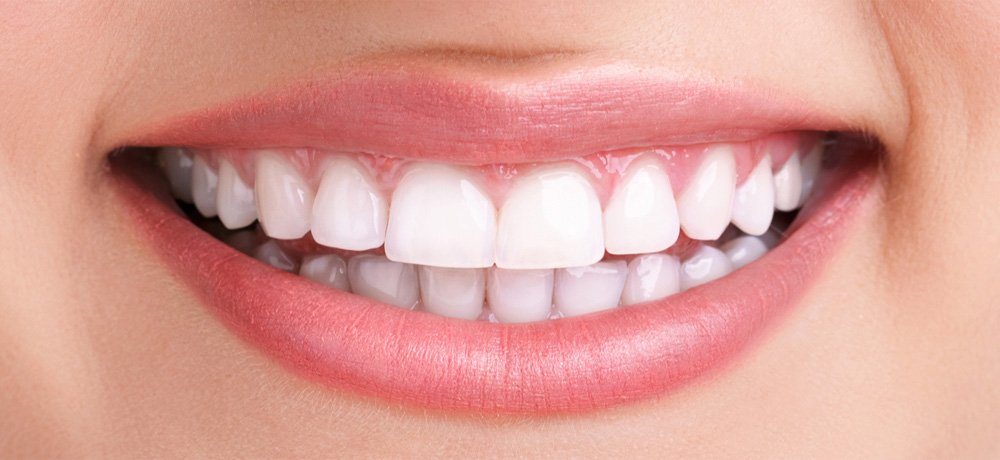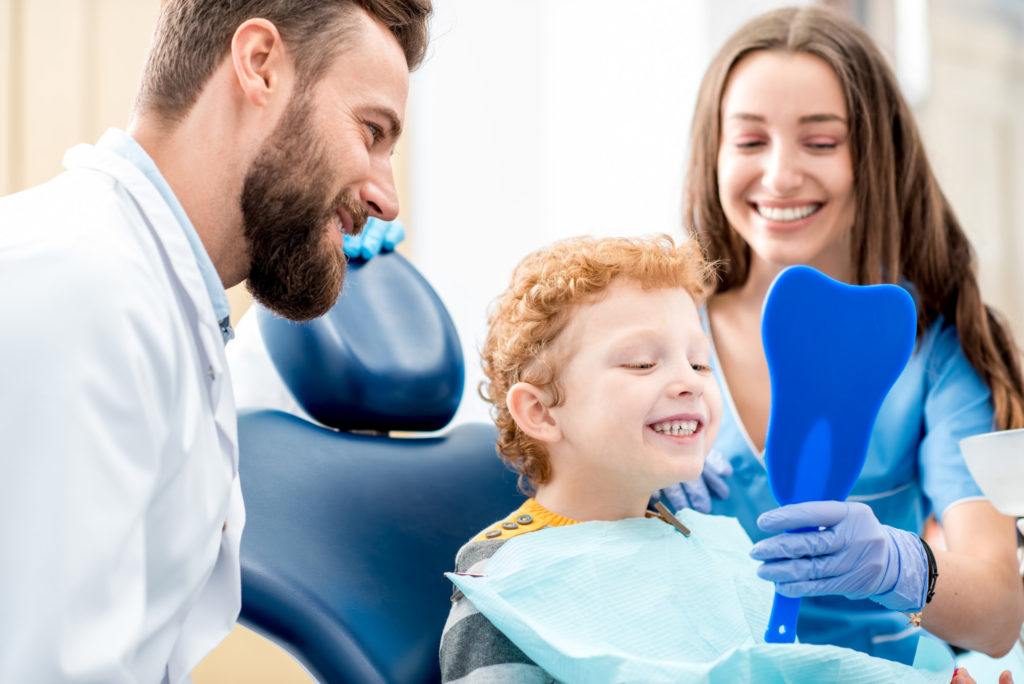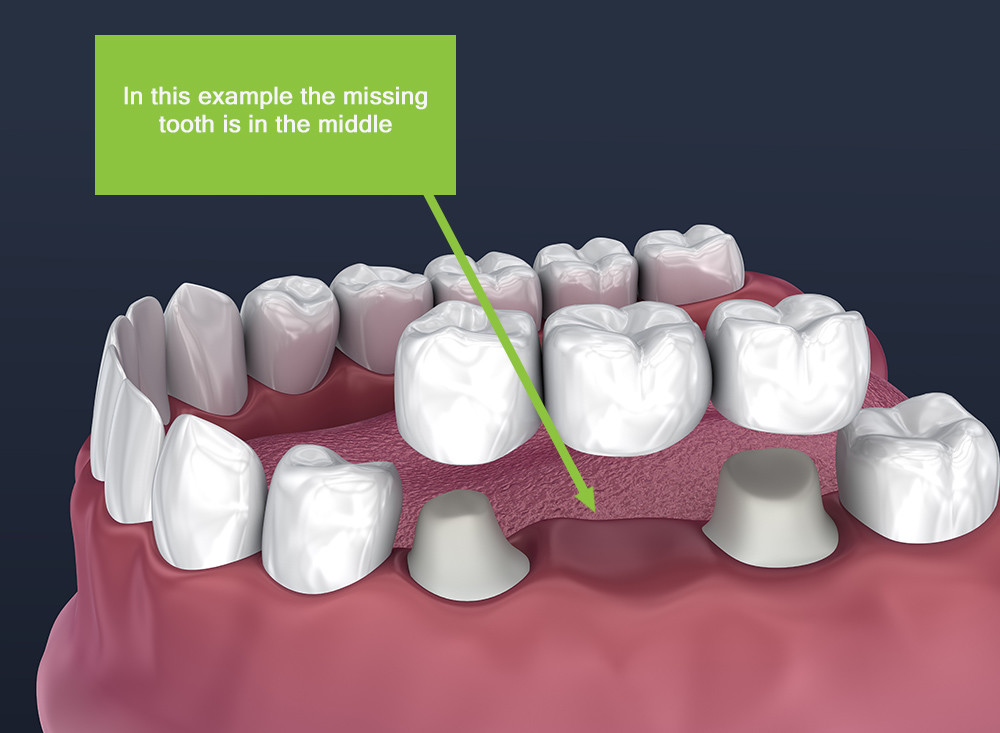Table of Contents
ToggleTooth infections feel awful. You might have a sore, throbbing pain that will not quit, or swelling in your face or jaw. Even a simple meal turns into a struggle. If you leave a tooth infection untreated, it can even spread to other parts of your body. That can lead to much bigger problems.
Finding the best antibiotic for a tooth infection matters. Tooth infections often need more than just home remedies; sometimes, you need the right medicine at the right dose. Many people ask about natural antibiotics for a tooth infection or want to know the safest options. In this blog, you will learn about your choices, when it is time to see a dentist for help, and why it is important to take the antibiotics recommended by them.
Symptoms of a Tooth Infection (Made Simple)
A tooth infection happens when germs get inside your tooth, often from a cavity, injury, or even old dental work. When this happens, a painful pocket of pus can form. This is sometimes called an abscess. During this time, it is important to find the best dentist in Brampton who can help you relieve the pain.
- Throbbing Tooth Pain – The pain might feel sharp, steady, or come and go. It can get worse when you lie down or chew.
- Sensitivity – Your tooth might feel extra sensitive to hot, cold, or even sweet foods and drinks.
- Swelling – You could notice puffiness in your face, cheek, or near the infected tooth. Sometimes your jaw may feel sore or tight.
Effective Antibiotic Types And Dosage for Tooth Infections
When you get a tooth infection, dentists often turn to antibiotics to help clear up the problem fast. These medicines fight the bacteria causing pain and swelling. Your dentist will pick the right antibiotic based on your health, your allergy history, and the infection itself. The most commonly used one is amoxicillin, known for being effective and well-tolerated.
If you are wondering about the amoxicillin dosage for a tooth infection, here is a simple guide to help you understand the typical options:
| Antibiotic | Typical Dose | What to Know |
|---|---|---|
| Amoxicillin | 500 mg, 3 times a day for 5 days |
Your dentist might double the dose if the infection is more serious. |
| Phenoxymethyl penicillin |
500 mg, 4 times a day for 5 days |
The dose may also be doubled if the infection is strong or spreading. |
| Metronidazole | 400 mg, 3 times a day for 5 days |
Given if you are allergic to penicillin. Sometimes used with amoxicillin. |
| Clindamycin | 150 mg, 4 times a day for 5 days |
Used when other antibiotics don’t work or cause reactions. May cause stomach upset more often. |
- Important Tip - Always take antibiotics exactly as your dentist tells you—even if you feel better early. Stopping too soon can make the infection come back or become harder to treat.
If the First Antibiotics do not work
Sometimes, the first round of antibiotics is not enough. If your infection does not improve, your dentist might try a different medicine. This often happens if the bacteria are stronger or if you have had trouble with other drugs.
Here are some backup options a dentist may prescribe-
| Antibiotic | Typical Dose | What to Know |
|---|---|---|
| Co-amoxiclav | 375 mg, 3 times a day for 5 days | Often used when regular amoxicillin does not help. It is a stronger combination of antibiotics. |
| Clarithromycin | 250 mg, 2 times a day for 5 days | A good choice if you cannot take penicillin or did not get better on it. |
| Azithromycin | Dose varies (usually once daily) | Fights many kinds of bacteria, usually for people who are allergic to penicillin or did not respond to other antibiotics. |
- Note: Your dentist will choose these stronger antibiotics only if needed, especially if you are allergic to penicillin or your infection did not respond to drugs like clindamycin.
Possible Side Effects of Antibiotics
Antibiotics can be very helpful. They fight off infections or stop one from starting after dental work. But like all medicines, they can sometimes cause side effects.
Here are some common side effects people may feel-
- Feeling sick or nauseous
- Skin rash
- Diarrhea
- Yeast infections, especially in women
In rare cases, antibiotics can cause more serious problems, such as-
- A stomach infection called Clostridium difficile (C. diff), which can be very harmful
- A severe allergic reaction
- Anaphylaxis, which is a life-threatening emergency
How Long Do Antibiotics Take to Work?
Antibiotics do not work instantly, but they usually start helping within a few days. How fast they work depends on things like how bad the infection is and how well the medicine fights the germs causing it.
You might start to feel better after just a couple of doses, but that does not mean the infection is gone. It is very important to finish the full course, just like your dentist or doctor told you.
Even if you feel okay, stopping early can let the infection come back or even get stronger.
Tip: Take every dose at the right time, and do not skip any. That is the best way to give your body the help it needs to fully heal.
The Bottom Line
Tooth infections hurt and can cause big problems if left alone. The best antibiotics for a tooth infection depend on your health, allergies, and how serious the infection is. Always take antibiotics as your dentist tells you.
Some people try a natural antibiotic for a tooth infection, like garlic or clove oil, to manage pain. These can provide short-term relief, but do not skip professional care. Only a dentist can treat the root cause. If you have pain, swelling, or any signs of infection, do not wait. Call your dentist or look for the best dentist in Brampton for help today.
Your health matters. The right antibiotic, used with good dental treatment, helps you feel better and keeps your mouth healthy. Stay informed, ask questions, and trust your dental team to guide you to the best treatment.




